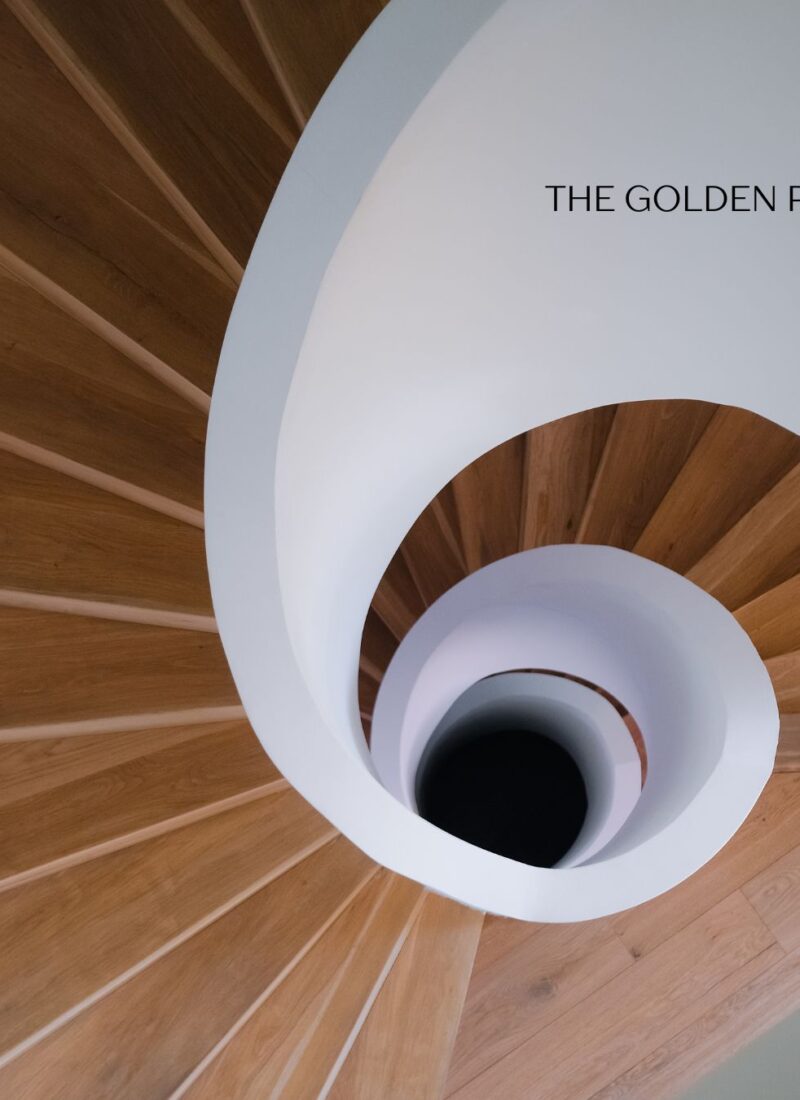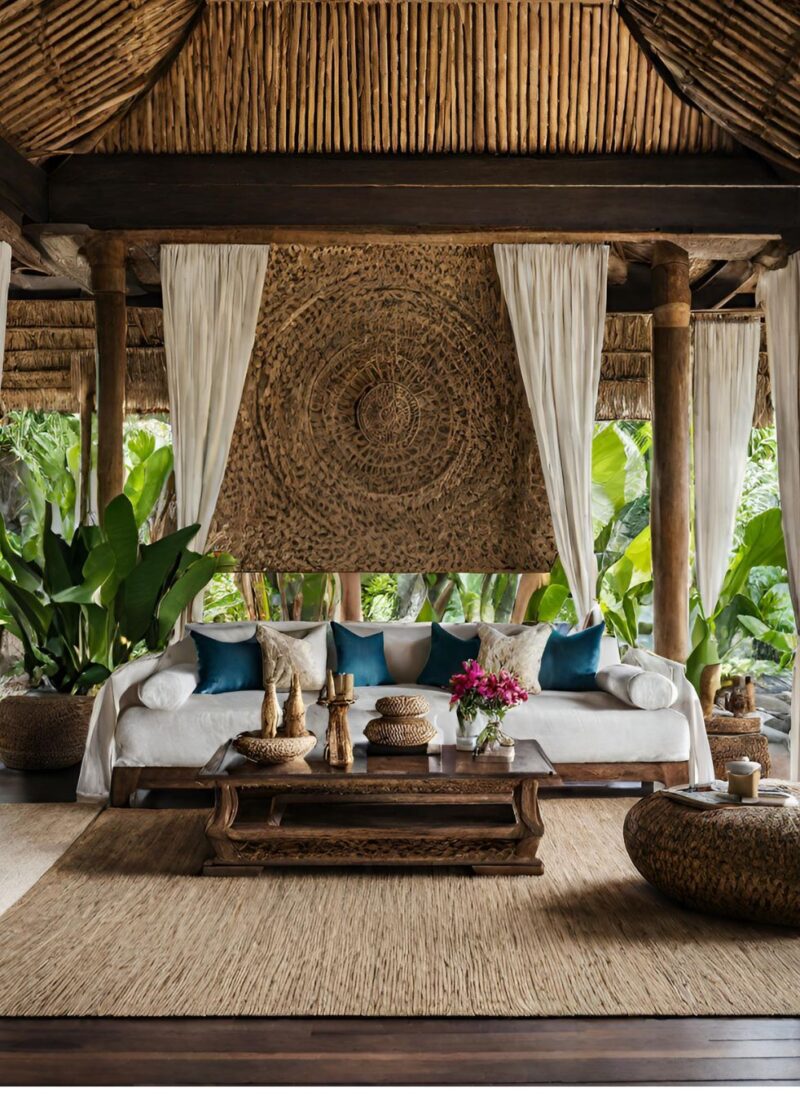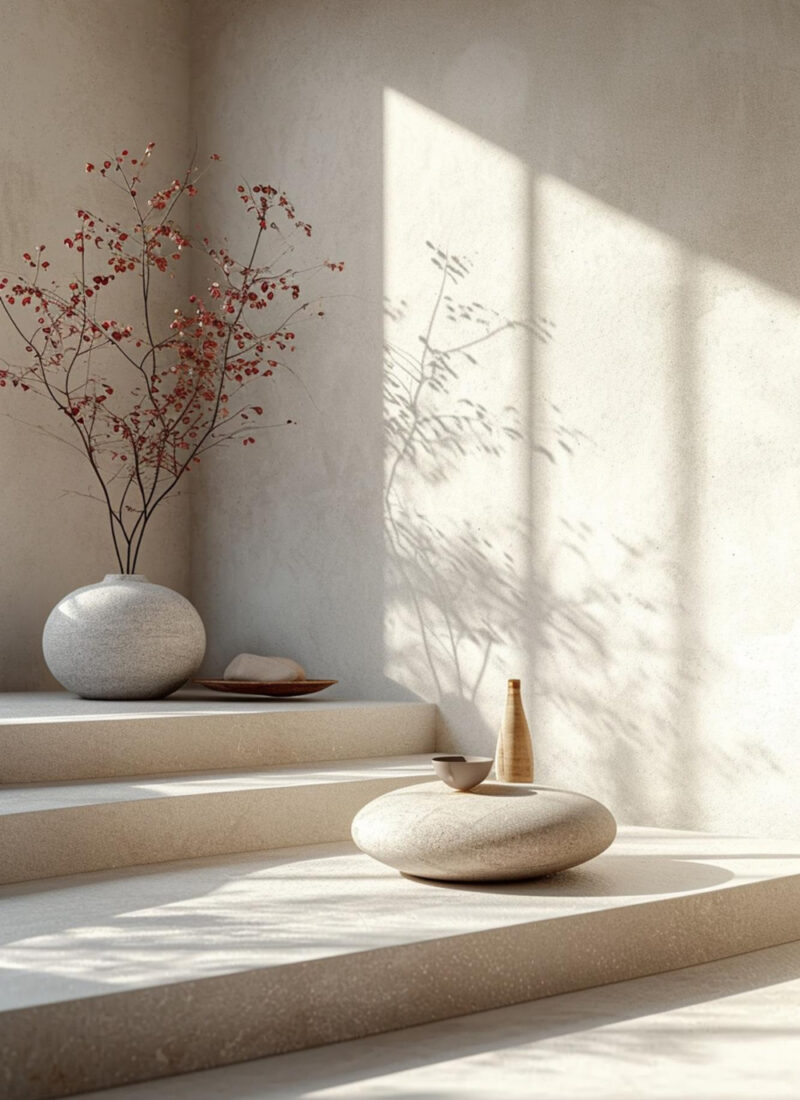Who says every color, shape, and finish in the room should match? Mixing metal finishes can add fun while decorating your kitchen, bathroom, or living room. These metal finishes can add depth and character that monochromatic and matching elements cannot provide.
But the knowledge behind mixing metal finishes can be complicated, especially for those who need more experience. But fret not; this article is for you. Follow these tips to get that designer look for your home.
Here Are 17 Tips to Mixing Metal Finishes According to Experts
The impact of mixing metals is astonishing, but without proper guidance, it can also look gaudy. Here are tips so you can hit that perfect look.
Do Select One Primary Metal Finish
The secret sauce to pulling off that metallic look for your home is to pick one main finish. Well, in this case, something metallic. You can follow the Rule of Three’s where you need one primary, secondary, and tertiary colors. But here’s the thing: make sure the primary color stands out well. Having all three colors in perfect numbers can look very chaotic.
The perfect way to do this is to ensure the primary color becomes your focal point- and the others complement the former. Remember to pick that finish that says much about the room. Additionally, avoid high-gloss finishes such as chrome and polished brass to make metal finishes work well with each other. Settle for the matte metallic finish or something that has a warm undertone.
If you intend to add a third tone, ensure this is minimal so the sheen won’t overwhelm the entire look. One fine place to add it is on a lighting fixture.
Do Make the Primary Metal Finish Easy to Match
Having different fixtures with different metal finishes can take time and effort. Some can look differently depending on who the manufacturer is. If you intend to mix these finishes, make sure you purchase from the same manufacturer to ensure that all match.
Do Mix Metal with Metal

Who said you couldn’t do mix and match metal with other metals? The key to pulling this off is ensuring that your main metal finish stands out. The other metals are accented. Note the undertones of those metals so you’d know which goes together and which doesn’t. As a rule of thumb, copper, gold, and nickel are often paired together, while cooler metals such as chrome, stainless steel, and other silver-tone finishes are grouped as one.
If you want to pair warm and cool metallic finishes, make sure that there is another tone that would close the gap between these two. For example, brushed stainless steel should bridge the warm copper with the cool.
Do Repeat
Make sure that you repeat the metal finishes across the room. Say you are decorating a bathroom and adding a black faucet to the sink. Ensure that the towel bars and door handles also have the same finish.
Do Create a Cohesive Look for the Entire Home

If you have metal finishes in one room, make sure you don’t add some more types in the other rooms. There should be something that binds each room to another. That said, it’s a big no-no if you add another new finish to each room. Look for some design element that would connect one room to another; otherwise, the room would look too gaudy.
Do Add Metal Finishes Outdoors

Don’t forget your façade. Metallic finishes add curb appeal to your home, whether on your door handle, nob, or knocker. Make sure the external hardware matches the design and finish of the house.
Do Contrast Metal Finishes

Metal finishes vary in different ways. You can have an antiqued look, brushed metallic look, polished look, and matte, among others. You can also manipulate the degree of sheen. What this means is you have limitless ways to be creative. Contrast soft with shiny. For example, satin brass with polished nickel. By pairing two finishes of the opposite spectrum, you create depth. Unless you aim for the glam look, avoid shine on shine. Remember, muted finishes are much easier to pair than shinier ones.
Do Think of Your Overall Color Palette
Metals should match the color palette of the room. That said, you match warm tones and cool metals with cool hues and shades. Warm metals such as copper, gold, brass and nickel blend well with a warm colors like beige, cream, taupe, and tan.
On the other hand, chrome and silver look better with grays, blues, and green. However, if your room is more on neutral shades, it’s always best to bring in more metals to add warmth and color. For example, if the room is predominantly gray, add a large mirror with a gold frame and inlays and bring the room back to life.
Colored metals like champagne and bronze are considered warm. This would match well with blacks and whites. A predominantly grey room would look great with a gold metal finish.
Do Think of the Ambiance of the Room

Have you settled on the vibe of the room? Your metal finishes should match how the room feels. For example, you would like to have that homey and warm feeling for the bathroom. Brass works well for this ambiance. You can make brass as,your primary metal finish and add another finish to complement it.
Don’t Forget to Texturize

Metal finishes aren’t all about sheen. Add metal finish accents that are polished in one corner and hammered in another. The differences in texture create a visually rich impact.
Don’t Use Just a Single Type of Finish

Rooms with a single type of finish look dull, but a room with two different kinds of metal tones and textures looks promising, interesting, and entertaining. If you want that A-ha moment, try mixing metal finishes – just be aware that all finishes may look different from manufacturer to manufacture so it it best to get a sample, if possible before committing.
Don’t Go Overboard
Never overindulge with metals. Stick to two if possible, but three metal finishes can do the trick if your room is large enough. Make one the focal point. But, ideally, stick to two finishes to create accent pieces and set the room’s tone. Also, avoid mixing metal finishes on a single piece of furniture. For example, add the same matte gold finish on all cabinet drawers to make them uniform. Don’t add silver in one drawer and gold in the other.
Do Become Intentional

You can lose track when mixing metal finishes. Be intentional even during the design process. Always ask yourself, “What is the purpose of this metal finish?” Make sure that each metal can be seen in two areas in the room.
Do Know Where to Add Metallic Colors

Your primary metallic color should be added to permanent fixtures such as the faucet and lighting. Your secondary color on cabinet drawers and pulls and other hardware.
Do Consider the High-Low Shine Mix

Pairing two different kinds of lusters can make each metal stand out. Avoid using metals with the same shine because there isn’t any contrast, and both metals look similar. It defeats the purpose of adding depth and character to the room.
Realated Post How to Create a Black and White Bathroom
Do Add a Unifying Piece
Look for a design element that can unify two metal finishes. Of course, you might want to have the individual finishes stand out, but if you’re incorporating two or more metal ones, you need that single piece that will cohesively create a well-design space.
Do Create Vertical Balance
Your design should be consistent all throughout. You need to balance the metal design elements from floor to ceiling. Add metallic accents in your light fixtures. Your mirrors can also have metal frames. Cocktail tables can have metallic legs.

Why Mixing Metal Finishes Be Part of Your Design Process

It’s intimidating to mix metals but once you see the results, you’d be in awe on how mixing metal finishes can change how the room looks. It adds an interesting layer to the room and gives you that collected look. Here are some reasons why mixing metallic design elements should be part of your design process.
It Gives the Room a Focal Point.
The metallic finishes can do that if the room has no focal point. Add two more subtle and toned-down shades and you have a metallic scheme that’s not too overwhelming to the eyes. An important note: your focal point should only be the design element in that specific shade or tone. Additionally, all other metal elements should not be attention-grabbing.
Also, appliances in metal tones are considered neutrals so these can be paired with any kind of metal finish.
To Create an Ageless Appeal
Metallic finishes evoke certain vibes. For example, shiny and stainless steel design pieces evoke modernity while brass and bronze give out an industrial look and gold evokes class.
To End
Metals provide some degree of luxury and classic appeal. It can also showcase your personal style. But remember that metals are only complementing to the bigger scheme of things. How do you plan on mixing metal finishes? Share with us your thoughts on this in the comments section.




